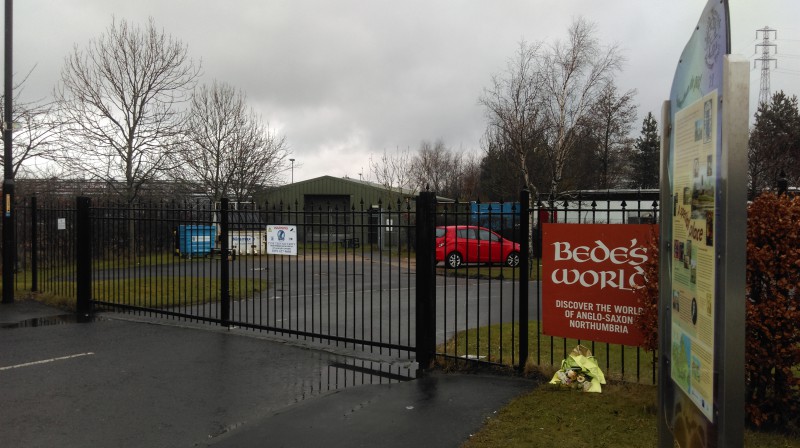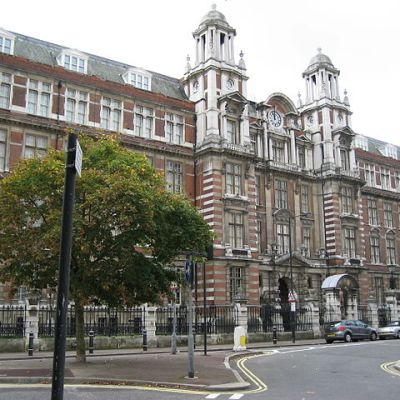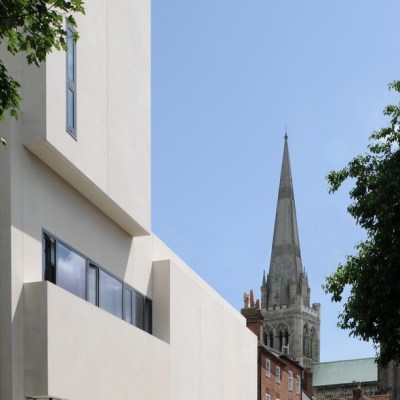Accusations of ‘cultural rape’ in Bradford; five museums about to close in Lancashire; five more under threat in West Yorkshire; Bede’s World in Jarrow bites the dust; the Light Infantry Museum marches into the sunset in Durham; and the Department for Culture reports falls in visitor attendances. Are the cracks in our museum culture beginning to show?
Although the Chancellor George Osborne’s Autumn Statement appears to have ended the attrition as far as DCMS-funded museums and galleries are concerned, the 30 per cent cut in funding since 2010 has taken its toll in terms of staffing, conservation and activities. This may help to explain why attendances at its 15 sponsored institutions, 13 of which are designated as ‘national’, have fallen by 10.3 per cent, when comparing December 2014 with December 2015. Developments in Bradford could be the canary in the cage.
Local politicians were outraged when the National Media Museum in Bradford, which is part of the Science Museum, announced the transfer of the 400,000 items in the Royal Photographic Society Collection to the Victoria and Albert Museum. The decision was taken by trustees in London. Bradford was facing closure in 2013, and the transfer can be read as a move to relieve pressure on the Science Museum Group. Having already dropped photography from its original title as the National Museum of Photography, Film and Television, Bradford has also decided to stop mounting an annual film festival. Perhaps television will be next, as a rebranding exercise gets under way that may lead to yet another change of name, to Science Museum North.
The recent closure of Bede’s World in Jarrow was partly due to lack of funds. Photo courtesy SR News, Paul Nicholson

While national museums and galleries can at least plan ahead, the Autumn Statement did absolutely nothing to help the 700 or so regional museums whose principal source of support is local authorities that have no statutory obligation to fund them. Over 40 local authority and trust-run museums have closed since 2010, with more to come as the financial year turns. Museum-going has been a national success story since free entry to DCMS-sponsored museums and galleries was comprehensively introduced in 2001. But the latest figures from the Taking Part survey, which measures national cultural participation, shows a downward trend in museum and gallery visits. At 51.6 per cent the figure is well up on the 42.3 per cent participation when the survey began in 2005, but down since 2013.
If more museums and museum branches do close that trend will continue, especially outside London. It is difficult to know what can be done in the circumstances. Manchester, as part of the Chancellor’s ‘Northern Powerhouse’ rhetoric, is benefitting from capital investment in its Museum of Science and Industry, and the Manchester Museum. There are plans for a ‘Great Exhibition of the North’. There is also the suggestion in the Autumn Statement that museums and galleries may be offered a new form of tax relief, similar to that being offered on film, television, and theatre productions and to orchestras, in order to help mount enticing (and presumably fee-charging) exhibitions.
Getting louder in the background are the voices of those who see the only answer as a return to entry fees for everything. That has already happened in York and Brighton, and it is known that trustees of some national museums are beginning to think the same way. That might be expected to fix the financial figures, but visitor numbers will tumble, damaging all the other ways in which museums have learned to make a living. Then the cracks really will show.
Lead image: used under Creative Commons licence (CC BY-SA 2.5)



